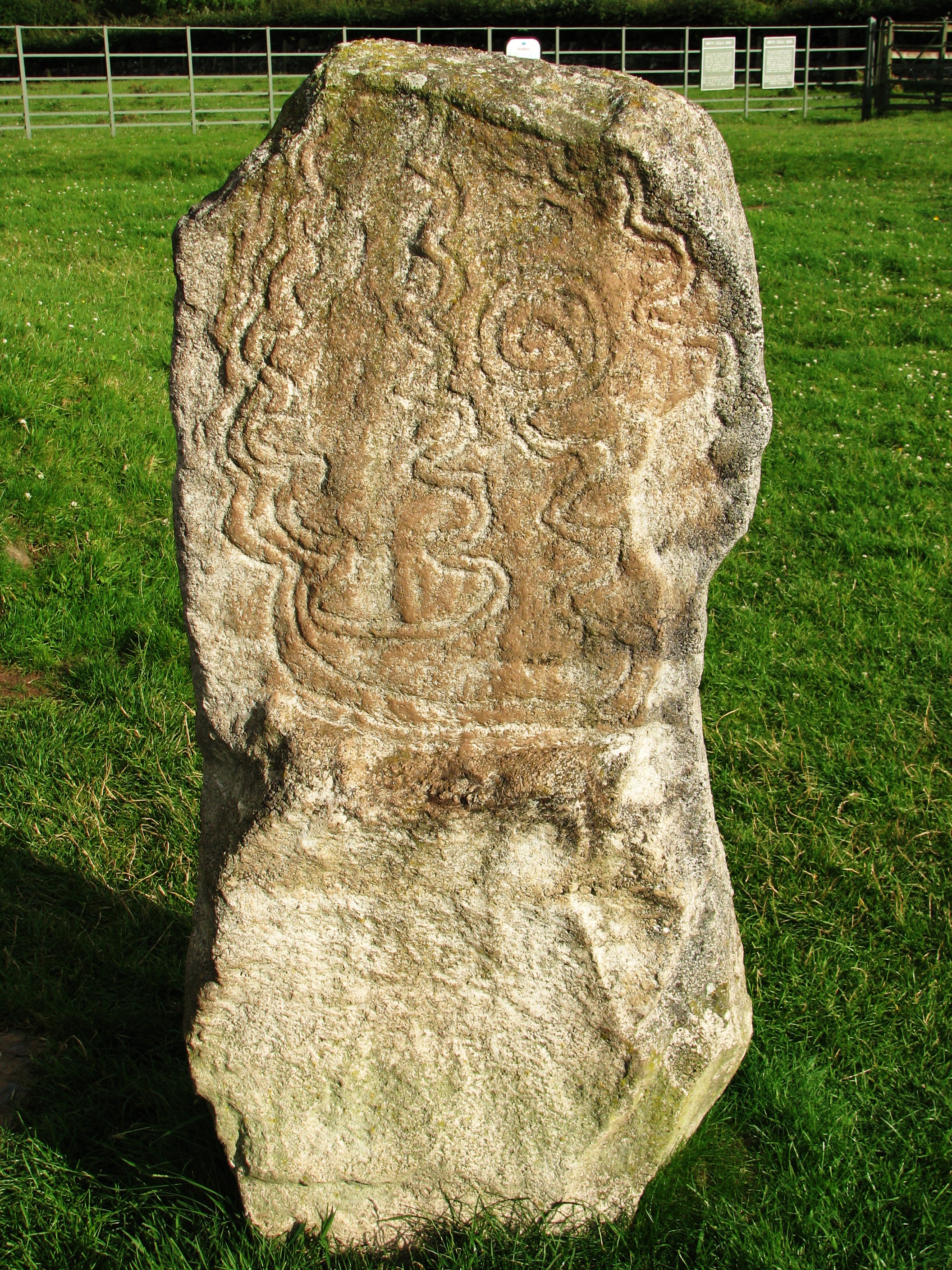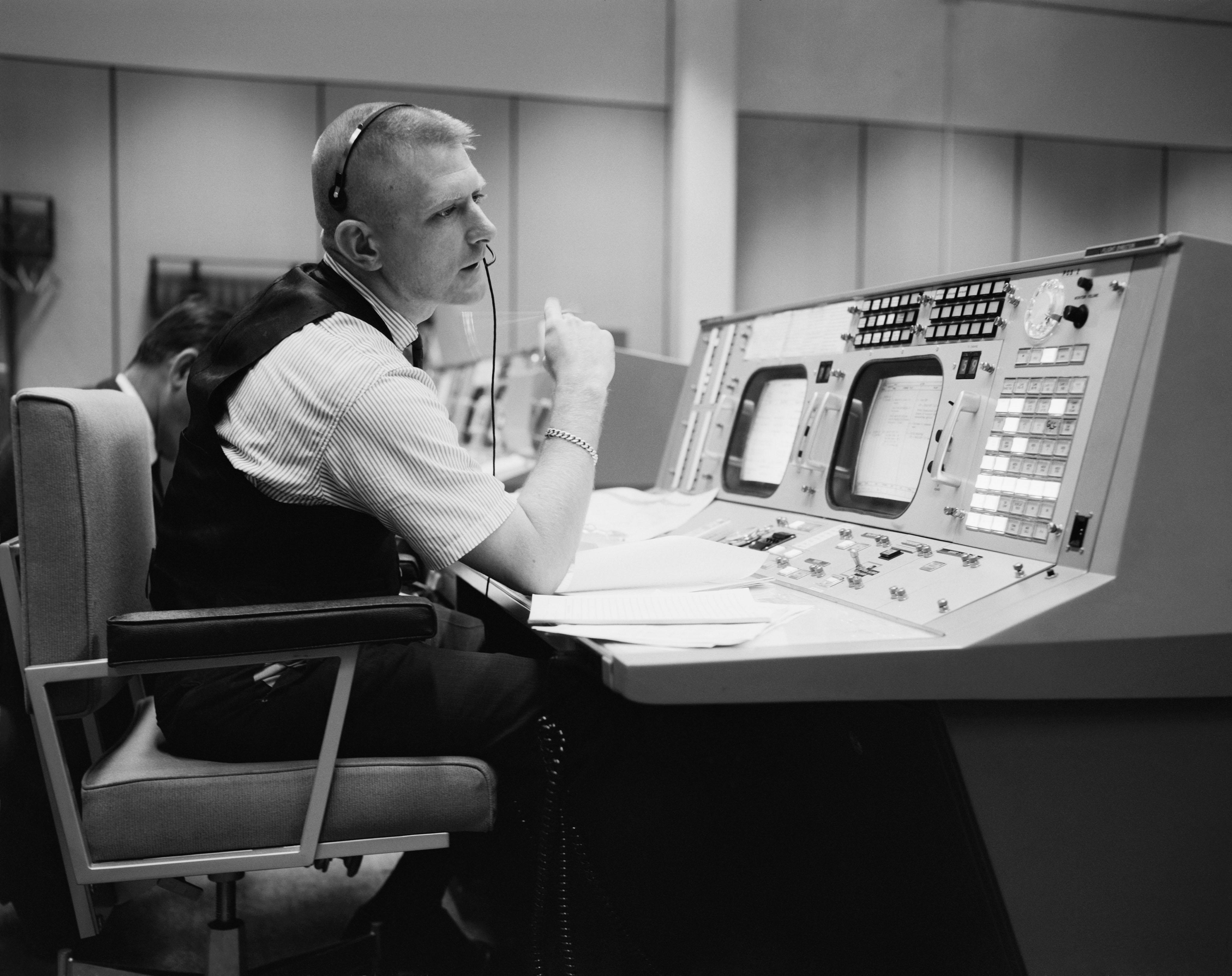|
Llanddaniel
Llanddaniel Fab (or Llanddaniel-fab) is a village and community in Anglesey, Wales. At the 2001 census it had a population of 699, increasing to 776 at the 2011 census. It is near the prehistoric monument of Bryn Celli Ddu which was constructed in the late Neolithic period. In the east of the community, by the Menai Strait, stands the country seat of the Marquess of Anglesey, Plas Newydd, parts of which date from the 14th century. The house has been owned by the National Trust since 1976. In the 16th century the poet Catrin ferch Gruffudd ap Hywel lived here. Her Welsh poems are preserved and they include an Awdl with a religious theme written in 1555. During the 2001 United Kingdom foot-and-mouth crisis, many sheep and cattle were slaughtered in the area. The village has its own community council and its county council representative is Hywel Eifion Jones, who has held the post since May 1999. Amenities include a post office, primary school (Ysgol Parc y Bont), and a 12-h ... [...More Info...] [...Related Items...] OR: [Wikipedia] [Google] [Baidu] |
Tecwyn Roberts
Tecwyn Roberts (10 October 1925 – 27 December 1988) was a Welsh spaceflight engineer who in the 1960s played important roles in designing the Mission Control Center at NASA's Johnson Space Center in Houston, Texas and creating NASA's worldwide tracking and communications network. Roberts served as NASA's first Flight Dynamics Officer with Project Mercury that put the first American into space. He later joined NASA's Goddard Space Flight Center where he served as Director and Manager of the Goddard Space Flight Center's global tracking and communications system supporting NASA's manned and unmanned low earth orbiting flight programs."Tecwyn Roberts." ''llanddaniel.co.uk.'' Retrieved: 5 May 2011. Early years Roberts, alternately nicknamed "Tec" and "Tex", was born 10 October 1925 in Liverpool to Wil ...[...More Info...] [...Related Items...] OR: [Wikipedia] [Google] [Baidu] |
Bryn Celli Ddu
Bryn Celli Ddu is a prehistoric site on the Welsh island of Anglesey located near Llanddaniel Fab. Its name means 'the mound in the dark grove'. It was archaeologically excavated between 1928 and 1929. Visitors can get inside the mound through a stone passage to the burial chamber, and it is the centrepiece of a major Neolithic Scheduled Monument in the care of Cadw. The presence of a mysterious pillar within the burial chamber, the reproduction of the 'Pattern Stone', carved with sinuous serpentine designs, and the fact that the site was once a henge with a stone circle, and may have been used to plot the date of the summer solstice have all attracted much interest. The monument Bryn Celli Ddu is generally considered to be one of the finest passage tombs in Wales., RCAHMW, accessed 12 June 2014 Its passage and burial chamber are complete, and it is still buried under a mound or cairn, reinstated following its excavation in 1929. (Many stone chambered cairns have lost these fea ... [...More Info...] [...Related Items...] OR: [Wikipedia] [Google] [Baidu] |
1981 United Kingdom Tornado Outbreak
The 1981 United Kingdom tornado outbreak is regarded as the largest recorded tornado outbreak in European history. In the span of 5 hours and 26 minutes during the late morning and early afternoon of 23 November 1981, 104 confirmed tornadoes touched down across Wales and central, northern and eastern England. Although the majority of tornadoes were very weak, measuring FU-F1 on the Fujita scale, widespread property damage was reported, mainly from the small number of tornadoes which intensified to F2 strength. By the end of the outbreak, hundreds of properties across the country had been damaged. Most of the tornadoes occurred in rural areas and small villages across central parts of the United Kingdom, although several large metropolitan areas were affected. The Liverpool area was the first to be struck by multiple tornadoes around 11:30, followed by the Manchester area around 12:00, the Hull area around 13:30 and the Birmingham area around 14:00. The strongest tornado of the o ... [...More Info...] [...Related Items...] OR: [Wikipedia] [Google] [Baidu] |
Plas Newydd (Anglesey)
Plas Newydd is a country house set in gardens, parkland and surrounding woodland on the north bank of the Menai Strait, in Llanddaniel Fab, near Llanfairpwllgwyngyll, Anglesey, Wales. The current building has its origins in 1470, and evolved over the centuries to become one of Anglesey's principal residences. Owned successively by Griffiths, Baylys and Pagets, it became the country seat of the Marquesses of Anglesey, and the core of a large agricultural estate. The house and grounds, with views over the strait and Snowdonia, are open to the public, having been owned by the National Trust since 1976. History From its earliest known resident in 1470, Plas Newydd passed by inheritance and marriage through 500 years of a family's increasing concentration of wealth, titles and estates, until the 7th Marquess of Anglesey presented it to the National Trust, so that the house and grounds could be opened to the public. Origins The house site was first occupied in the 13th century, a ... [...More Info...] [...Related Items...] OR: [Wikipedia] [Google] [Baidu] |
Marquess Of Anglesey
Marquess of Anglesey ( cy, Ardalydd Môn) is a title in the Peerage of the United Kingdom. It was created in 1815 for Henry Paget, 2nd Earl of Uxbridge, a hero of the Battle of Waterloo, second in command to the Duke of Wellington. The Marquess holds the subsidiary titles of Earl of Uxbridge, in the County of Middlesex, in the Peerage of Great Britain (1784), Baron Paget, de Beaudesert, in the Peerage of England (1553), and is also an Irish Baronet, of Plas Newydd in the County of Anglesey and of Mount Bagenall in the County of Louth. The family seat now is Plas Newydd, at Llanddaniel Fab, Anglesey. Most recent marquesses are buried at St Edwen's Church, Llanedwen, built and maintained by the Marquess. The former family seat was Beaudesert, near Cannock Chase, Staffordshire. Family history 1553-1815 The Paget family descends from Sir William Paget, a close adviser to Henry VIII, who in 1553 was summoned to Parliament as Lord Paget de Beaudesert. His younger son, the thi ... [...More Info...] [...Related Items...] OR: [Wikipedia] [Google] [Baidu] |
Anglesey
Anglesey (; cy, (Ynys) Môn ) is an island off the north-west coast of Wales. It forms a principal area known as the Isle of Anglesey, that includes Holy Island across the narrow Cymyran Strait and some islets and skerries. Anglesey island, at , is the largest in Wales, the seventh largest in Britain, largest in the Irish Sea and second most populous there after the Isle of Man. Isle of Anglesey County Council administers , with a 2011 census population of 69,751, including 13,659 on Holy Island. The Menai Strait to the mainland is spanned by the Menai Suspension Bridge, designed by Thomas Telford in 1826, and the Britannia Bridge, built in 1850 and replaced in 1980. The largest town is Holyhead on Holy Island, whose ferry service with Ireland handles over two million passengers a year. The next largest is Llangefni, the county council seat. From 1974 to 1996 Anglesey was part of Gwynedd. Most full-time residents are habitual Welsh speakers. The Welsh name Ynys M ... [...More Info...] [...Related Items...] OR: [Wikipedia] [Google] [Baidu] |
Project Mercury
Project Mercury was the first human spaceflight program of the United States, running from 1958 through 1963. An early highlight of the Space Race, its goal was to put a man into Earth orbit and return him safely, ideally before the Soviet Union. Taken over from the US Air Force by the newly created civilian space agency NASA, it conducted 20 uncrewed developmental flights (some using animals), and six successful flights by astronauts. The program, which took its name from Roman mythology, cost $ (adjusted for inflation). The astronauts were collectively known as the "Mercury Seven", and each spacecraft was given a name ending with a "7" by its pilot. The Space Race began with the 1957 launch of the Soviet satellite Sputnik 1. This came as a shock to the American public, and led to the creation of NASA to expedite existing US space exploration efforts, and place most of them under civilian control. After the successful launch of the Explorer 1 satellite in 1958, crewed spacef ... [...More Info...] [...Related Items...] OR: [Wikipedia] [Google] [Baidu] |
Avro Arrow
The Avro Canada CF-105 Arrow was a delta-winged interceptor aircraft designed and built by Avro Canada. The CF-105 held the promise of Mach 2 speeds at altitudes exceeding and was intended to serve as the Royal Canadian Air Force's (RCAF) primary interceptor into the 1960s and beyond. The Arrow was the culmination of a series of design studies begun in 1953 that examined improved versions of the Avro Canada CF-100 Canuck. After considerable study, the RCAF selected a dramatically more powerful design, and serious development began in March 1955. The aircraft was intended to be built directly from the production line, skipping the traditional hand-built prototype phase. The first Arrow Mk. 1, RL-201, was rolled out to the public on 4 October 1957, the same day as the launch of Sputnik I. Flight testing began with RL-201 on 25 March 1958, and the design quickly demonstrated excellent handling and overall performance, reaching Mach 1.9 in level flight. Powered by the Pratt & ... [...More Info...] [...Related Items...] OR: [Wikipedia] [Google] [Baidu] |
Space Task Group
The Space Task Group was a working group of NASA engineers created in 1958, tasked with managing America's human spaceflight programs. Headed by Robert Gilruth and based at the Langley Research Center in Hampton, Virginia, it managed Project Mercury and follow-on plans. After President John F. Kennedy set the goal in 1961 for the Apollo Program to land a man on the Moon, NASA decided a much larger organization and a new facility was required to perform the Task Group's function, and it was transformed into the Manned Spacecraft Center (now the Lyndon B. Johnson Space Center), located in Houston, Texas. In later years, the term ''Space Task Group'' was ambiguously reused to refer to an ''ad hoc'' committee appointed by the President to recommend human spaceflight programs, usually chaired by the Vice President. For instance, President Richard Nixon appointed such a group in February 1969 to outline a post-Apollo spaceflight strategy, chaired by Vice President Spiro T. Agnew. Hi ... [...More Info...] [...Related Items...] OR: [Wikipedia] [Google] [Baidu] |
Ynys Môn (Senedd Constituency)
Ynys Môn is a constituency of the Senedd. It elects one Member of the Senedd by the first past the post method of election. Also, however, it is one of nine constituencies in the North Wales electoral region, which elects four additional members, in addition to nine constituency members, to produce a degree of proportional representation for the region as a whole. It was represented from 1999 by Ieuan Wyn Jones, the former leader of Plaid Cymru. Jones resigned from the Assembly on 20 June 2013, triggering a by-election, which was held on 1 August 2013. Plaid Cymru's candidate Rhun ap Iorwerth comfortably held the seat for the party with a majority of over 9000 votes. Boundaries The constituency was created for the first election to the Assembly, in 1999, with the name and boundaries of the Ynys Môn Westminster constituency. It is entirely within the preserved county of Gwynedd. As created in 1999, the North Wales region includes the constituencies of Alyn and Deesi ... [...More Info...] [...Related Items...] OR: [Wikipedia] [Google] [Baidu] |
Flight Dynamics Officer
Flight controllers are personnel who aid space flight by working in such Mission Control Centers as NASA's Mission Control Center or ESA's European Space Operations Centre. Flight controllers work at computer consoles and use telemetry to monitor various technical aspects of a space mission in real time. Each controller is an expert in a specific area and constantly communicates with additional experts in the "back room". The flight director, who leads the flight controllers, monitors the activities of a team of flight controllers, and has overall responsibility for success and safety. This article primarily discusses NASA's flight controllers at the Johnson Space Center (JSC) in Houston. The various national and commercial flight control facilities have their own teams, which may be described on their own pages. NASA's flight controllers The room where the flight controllers work was called the mission operations control room (MOCR, pronounced "moh-ker"), and now is call ... [...More Info...] [...Related Items...] OR: [Wikipedia] [Google] [Baidu] |






